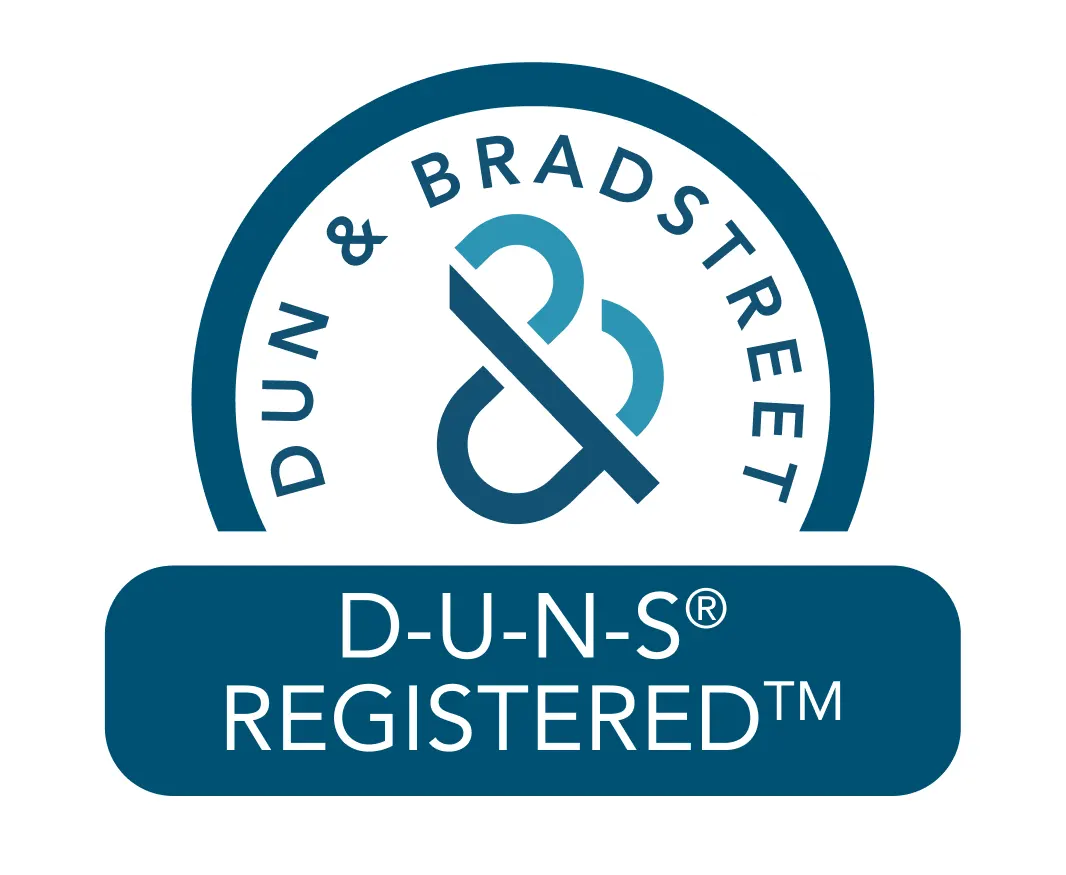In today’s fast-paced digital landscape, robust IT services are the backbone of business success. From maintaining seamless operations to safeguarding critical data, the right IT support can make all the difference. In this comprehensive guide, we unveil the 10 essential IT services that every business, regardless of its size or industry, needs to thrive in the modern era.
- Shift to Proactive Approach: Move from reactive IT solutions to Managed IT Services that focus on prevention.
- Continuous Monitoring: Vigilantly monitor IT systems 24/7 to detect issues in real-time.
- Rapid Issue Resolution: Address problems promptly with skilled technicians to minimize downtime.
- Strategic Partnership: Collaborate with IT providers to align technology with business goals.
- Enhanced Security: Implement robust cybersecurity measures to protect data and systems.
- Future-Proofing: Ensure operations remain agile and adaptable in the evolving digital landscape.
- Growing Threats: Recognize the increasing complexity of cyber threats.
- Multi-Layered Defense: Employ network security, data encryption, endpoint protection, employee training, and regular updates.
- Customization: Tailor cybersecurity solutions to your business’s specific needs.
- Data Protection: Safeguard sensitive data, maintain reputation, and comply with regulations.
- Business Continuity: Minimize downtime, ensuring consistent operations.
- Understanding Cloud Computing: Embrace remote servers for data management.
- Key Benefits: Scalability, cost-efficiency, accessibility, disaster recovery, and innovation potential.
- Integration Steps: Assess, migrate, integrate, and manage cloud resources carefully.
Network Infrastructure Management
- Silent Enabler: Recognize the vital role of network infrastructure in connectivity.
- Effective Management: Ensure seamless communication, reliability, performance, security, and scalability.
- Management Steps: Monitor, configure, resolve issues, and implement security protocols.
- Resource Optimization: Acquire the right IT resources, aligning with budgetary considerations.
- Technological Alignment: Procure technologies supporting strategic goals and innovation.
- Vendor Management: Evaluate and manage vendors for favorable terms and relationships.
- Risk Mitigation: Assess and secure technology investments against potential risks.
IT Project Management
- Strategic Discipline: Understand the role of IT project management in planning and execution.
- Lifecycle: Follow a structured project lifecycle from initiation to closure.
- Efficiency and Quality: Achieve efficiency, resource optimization, timely deliveries, and quality outcomes.
- Data Protection: Regularly back up critical data to prevent loss from various incidents.
- Business Continuity: Ensure data recovery plans for uninterrupted operations.
End User Security Awareness
- Educate Employees: Train staff to recognize and mitigate security threats.
- Foster Security Culture: Promote a security-conscious mindset among employees.
IT Consulting Services
- Strategic Guidance: Seek expert insights for informed technological decisions.
- Process: Assess current technology, plan strategically, identify solutions, and implement with ongoing support.
Help Desk and Technical Support
- Issue Resolution: Swiftly address technical problems for minimal downtime.
- User Assistance: Offer guidance and remote support to empower users.





